There are different kinds of fraud in the digital market, including fake crypto exchanges. How can you spot the red flags?
There are a lot of crypto exchanges around the world that have gained great reputations among traders. At the same time, fake crypto exchanges by scammers have been emerging to lure unsuspecting traders. A lot of these exchanges may deceive you, deny withdrawals, or straight up disappear after taking your money. It's important to learn how to protect yourself from these scammers, otherwise, you'll never know when they will run away with your money.
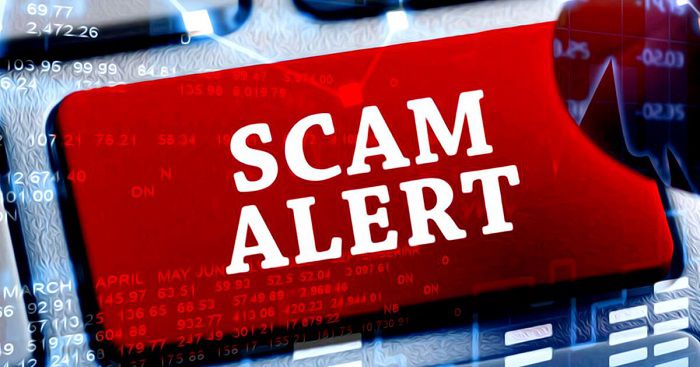
Fake Exchanges Around The World
Interestingly, fake crypto exchange scams happen more often than you think. There have been tons of reports regarding this type of crypto scams all over the globe. The lack of knowledge regarding crypto and exchange itself has led the victims to fall into the scammers' schemes. But, this isn't always the case. Sometimes people were tricked because the fake crypto exchange was so good at convincing their victim or copying licensed exchanges. To help you learn further, these are some of the most popular fake exchange cases around the world.
1. BitKRX - South Korean
A veteran in crypto trading might remember the BitKRX incident back in 2017. At the time, South Korean authorities managed to expose one of the most notorious fake crypto exchanges. BitKRX was named after KRX, a legitimate crypto exchange in South Korea. This had led many people to believe that BitKRX was run by KRX, while in reality, the two were not connected in any way.
This is one of the most popular schemes of fake crypto exchange scams to gain trust from unsuspecting traders. Unfortunately, BitKRX succeeded in tricking a lot of traders. These victims thought they had purchased Bitcoin, but when they tried to access their funds, they discovered their money had vanished.
This isn't the only fake crypto scam that happened in the country. South Korean authorities also arrested two men behind Komid, another South Korean exchange, who were scamming investors from the start. These scammers have been luring traders to invest in cryptocurrency and disseminating false information about token listings. Following this, Coinbit, the third-largest cryptocurrency exchange in South Korea was seized after reports found that 99% of its transaction volume was faked.
2. Conibase
If you didn't read that carefully, you might think it's Coinbase, a well-known crypto exchange. But it's actually a fake crypto exchange with a slight misspell to trick people into thinking the website is legitimate. In reality, there's no real relation between Coinbase and Conibase other than the similar name. However, it is known the owner of the domain was a person with a Brazillian address. It is unclear how many people have been deceived by this website.
3. Investigations By Britain And Netherlands
Another fake crypto exchange scam that has taken the world's attention was discovered by a joint investigation by the Netherlands and Britain's authorities. Approximately six people were arrested for creating a fake online cryptocurrency exchange. Around 4,000 victims in 12 countries lost an estimated $27 million USD in crypto.
The scammers managed to access their victim's Bitcoin wallets by "typosquatting", which relies on accidental typos or domain errors entered by users. Victims were directed to fake websites that look similar to the legitimate site the user intended to access.
How Do You Spot Them?
Sometimes, a crypto exchange scam can be so elaborate that you might not notice it. But if you can take precautions against the red flags, it will be easier to protect yourself from their schemes.
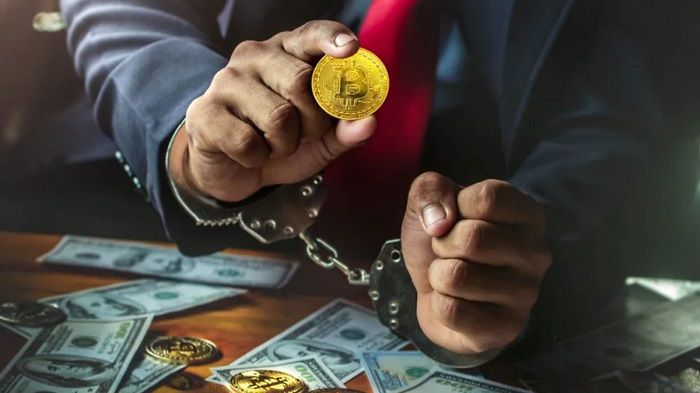
1. Unbelievable Investment Return
A fake crypto exchange may offer you an enormous investment return. Often, this is the main factor why people were attracted and eventually tricked. But remember, if something seems too good to be true, that is because it is. Any offers of guaranteed returns, especially those that promise exceptional returns in the first days or weeks after registering on the exchange, is a definite sign of a scam. The truth is, the cryptocurrency market is very volatile. You will never know how much you'll gain or lose or if you continue to win or lose. The most you can do is manage the risks as well as possible.
See Also:
2. Spam
Most scammers will conduct excessive communications that might appear as spamming. Most of them are likely to be persistent in asking clients to recharge wallets. It's a sign that the exchange is trying to collect funds to be misappropriated. If your exchange exhibit this behavior, you might want to be careful and conduct deeper research. Do not transfer any funds before you are absolutely sure that this exchange is legit.
3. Unusually High Fees
It's not rare for a fake crypto exchange to ask for unusually high fees in the form of registration or withdrawal fees. Most of the time, these fees are not previously disclosed. These scammers apply high fees in order to get as much money as possible before they eventually run away and close their business. A high withdrawal fee also serves as an obstacle to complicating the withdrawing process, so you eventually give up on your money. If you notice this behavior from your exchanges, run and report to authorities.
See also: List of Cryptocurrency Exchanges with the Lowest Fees
4. Questionable User Interface
Although most fake exchange uses a similar user interface as the legitimate one, there is always a difference of some sort. These scams may rely on well-worn social engineering attack techniques to trick potential users to invest. Always be careful since these websites might be malware-infected and thus serve further risk to your device.
5. Check The Domain
A fake crypto exchange usually begins with "http://" instead of "https://". You might think this is a non-issue, but it's actually shown that the exchange doesn't have good security. Domains that start with HTTPS have better safety compared to HTTP.
6. Be Careful With Payment Options
You should be more cautious of crypto exchanges that offer Bitcoin or other crypto assets to PayPal exchanges. PayPal payment in itself is not dangerous, and that doesn't mean that an exchange that provides PayPal payment is a scam. But, in this case, scammers only need your information to extract your funds. Usually, the fake exchange begins by filling out the PayPal email form and the amount of money you wish to convert to Bitcoin. After that, you will be given a QR code to activate the process of sending Bitcoins to your wallet. While they may look convincing, these steps are just a cover for scammers to divert your PayPal funds to their own personal accounts.
How To Protect Yourself
Now that you know the red flags of fake crypto exchanges, you might want to take the next steps in order to protect yourself.
1. Don't Pay More Than You Intended
The problem with fake crypto exchanges (other than being a scam) is the endless amount of payment they require. If you face this kind of demand, don't succumb to any pressure to make extra deposits or bigger investments than you intended. Legitimate exchanges don't require you to pay money that they don't disclose beforehand. It's always great to have a plan and risk tolerance so you won't spend more money than what you can afford.
2. Be Wary Of Crypto Investment Offers
If your exchanges approach you with an investment offer, be careful and conduct research beforehand. Check if their email is legit and spelled correctly. Always be wary of any unsolicited offers or calls with advice on investing or buying cryptocurrencies. If such calls are originating from an unregulated cryptocurrency exchange, it may be an indicator that something illegal is happening. Even when you decide to trade cryptocurrency with a broker, these rules still apply.
3. Use Trusted Exchanges
The safest way of avoiding a fake crypto exchange is to use legitimate exchanges that have good reputations among traders. There are a lot of good exchanges that are popular such as Kraken, Coinbase, Binance, and many more. Find out their rate, features, and services to choose which one suits your trading style the most.
Bottom Line
All in all, crypto scams are nothing new in the world of the digital market. Although a lot of precautions and warnings have been issued to reduce the risks of scams, fraud still happens. The method gets even more creative by days, which makes them harder to detect. They might mimic a real popular exchange in order to trick traders into thinking that their website is trusted. They will charge you with a lot of fees that weren't disclosed in the beginning, in addition to promising unbelievable and fixed returns on your investment. So, don't forget to conduct thorough research before investing in anything to make sure you don't get scammed.

 Dedicated FREE FOREX VPS
Dedicated FREE FOREX VPS Free FOREX Virtual Private Server
Free FOREX Virtual Private Server MT4 Demo Contest, Get $500
MT4 Demo Contest, Get $500 Sign Up for an Account, Claim 60% Deposit Bonus
Sign Up for an Account, Claim 60% Deposit Bonus Free MT4/MT5 VPS 2024
Free MT4/MT5 VPS 2024 Send E-mail and Get Free Merchandise
Send E-mail and Get Free Merchandise $1K Refer a Friend Bonus for Pepperstone Pro clients
$1K Refer a Friend Bonus for Pepperstone Pro clients Maximize Your Earnings with 100% Deposit bonus
Maximize Your Earnings with 100% Deposit bonus Trade to Win, $5,000 Monthly Demo Contest
Trade to Win, $5,000 Monthly Demo Contest Claim 30% + 15% Deposit Bonus from LiteFinance
Claim 30% + 15% Deposit Bonus from LiteFinance
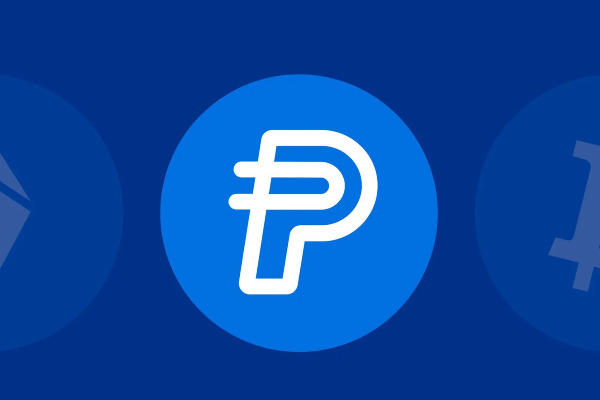
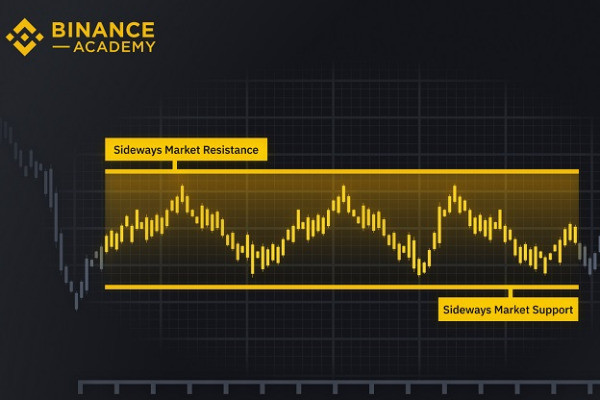
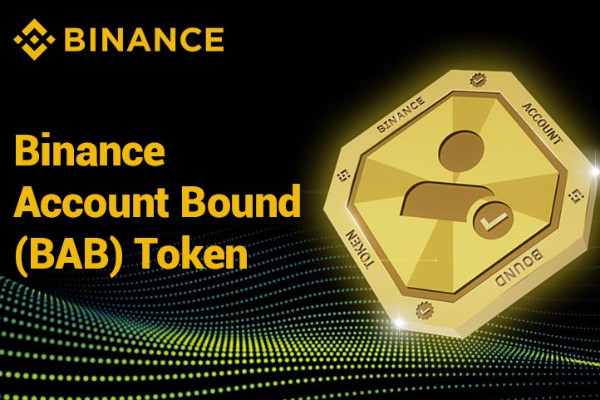
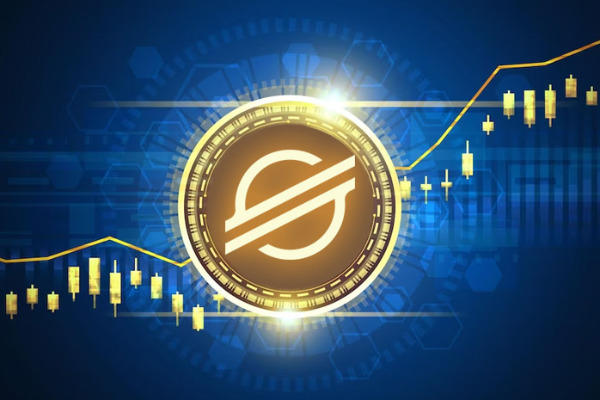
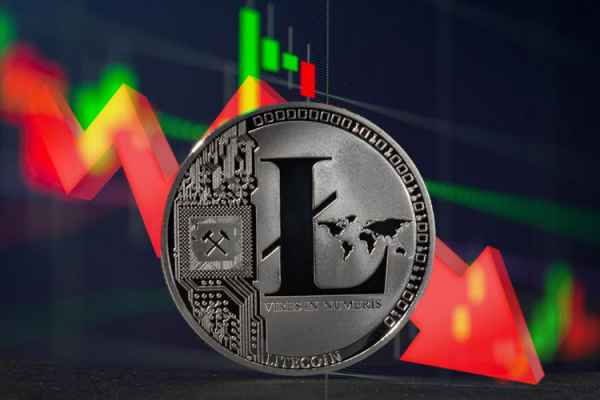

 Bitcoin
Bitcoin Ethereum
Ethereum Tether
Tether BNB
BNB Solana
Solana USDC
USDC XRP
XRP Dogecoin
Dogecoin Toncoin
Toncoin Cardano
Cardano